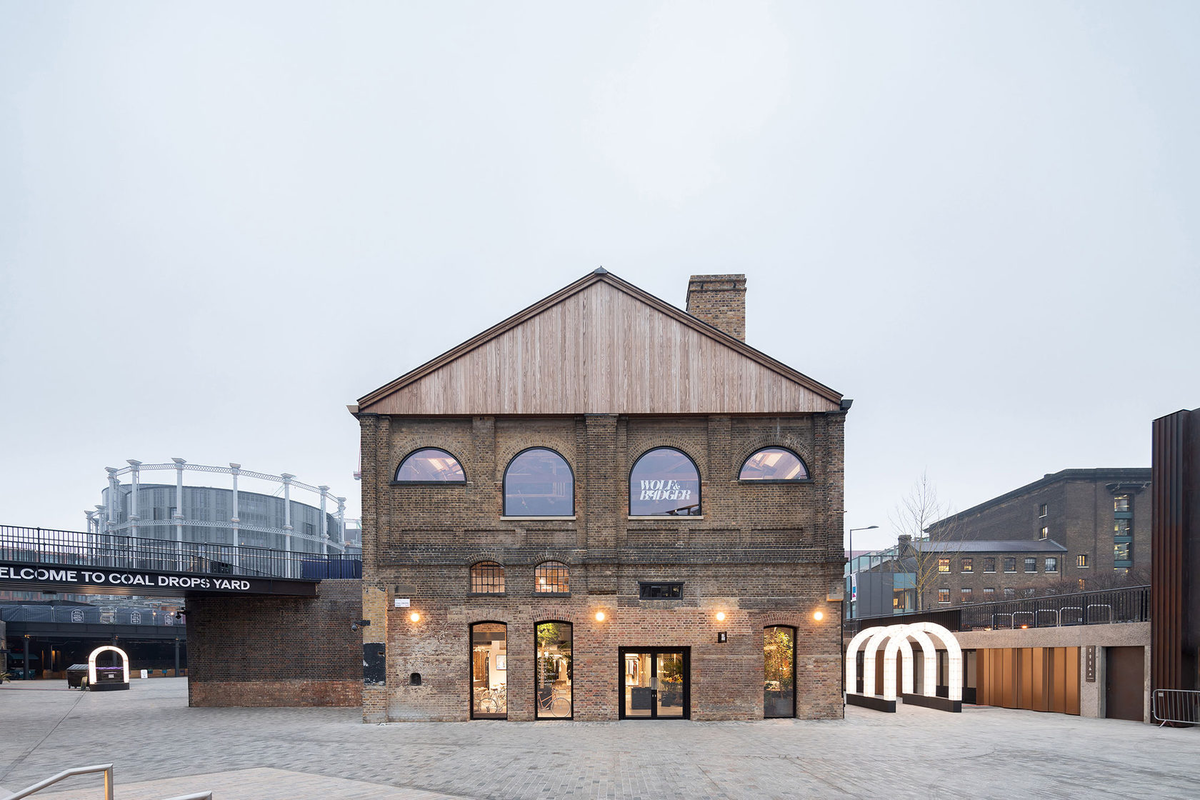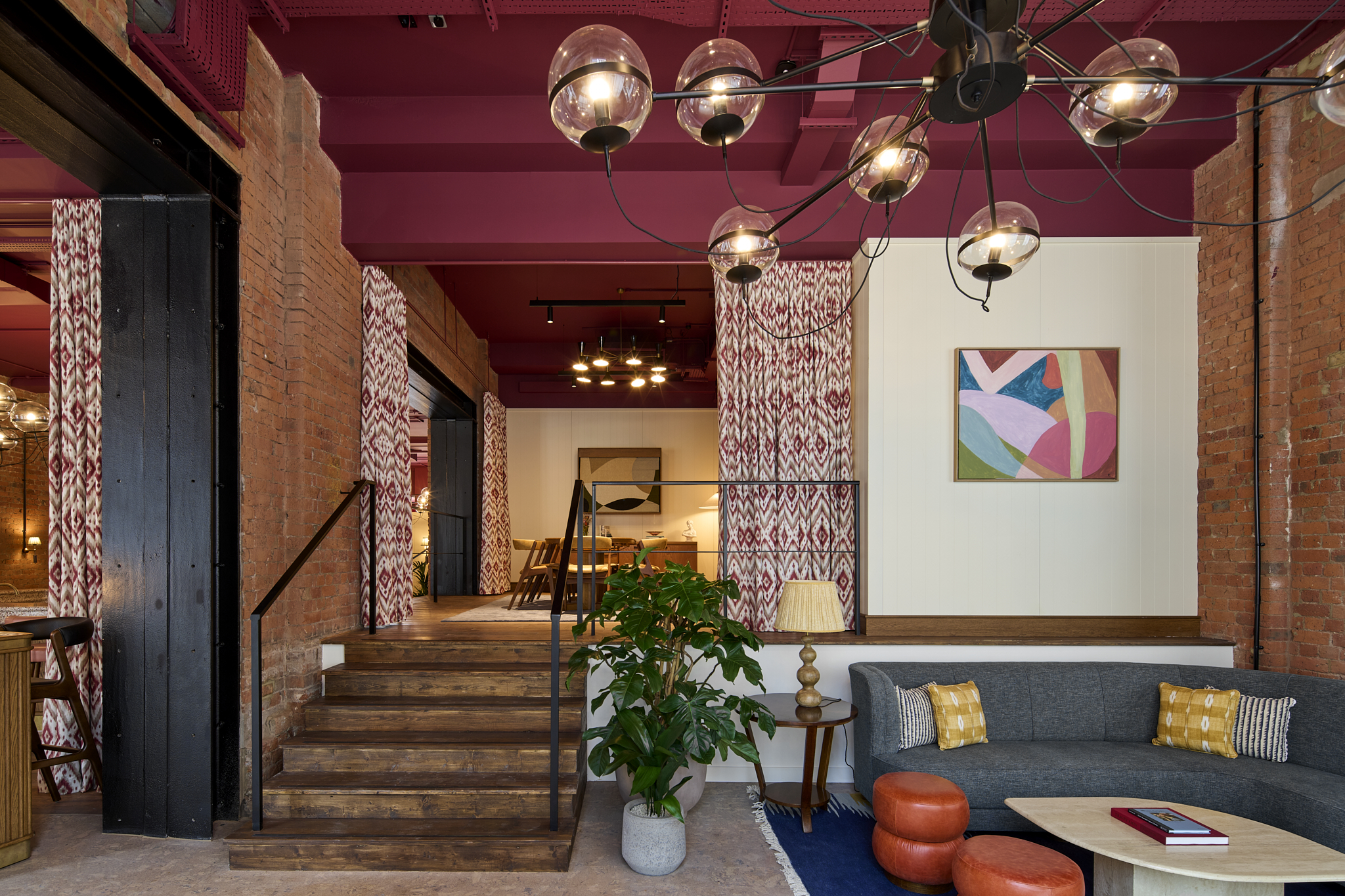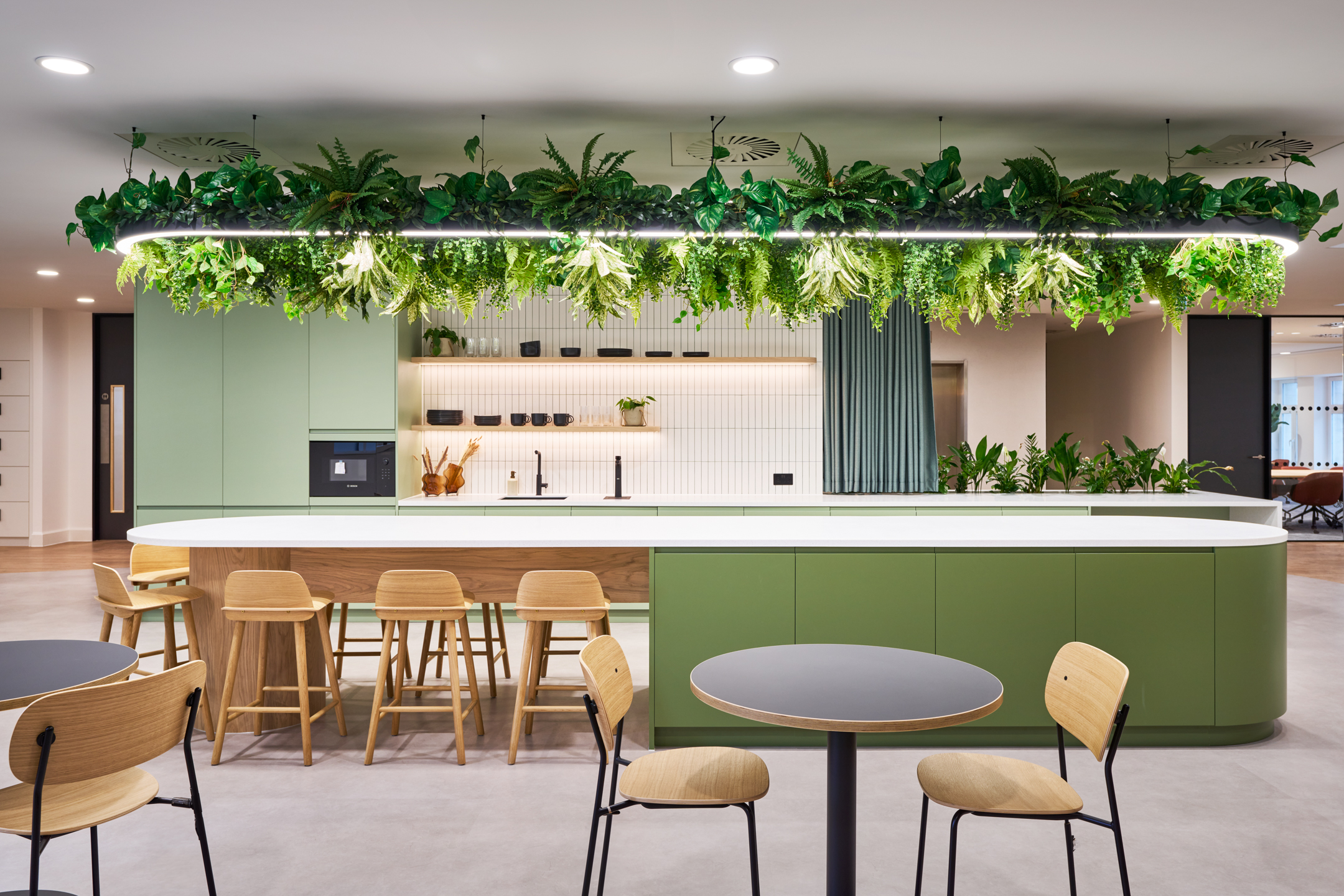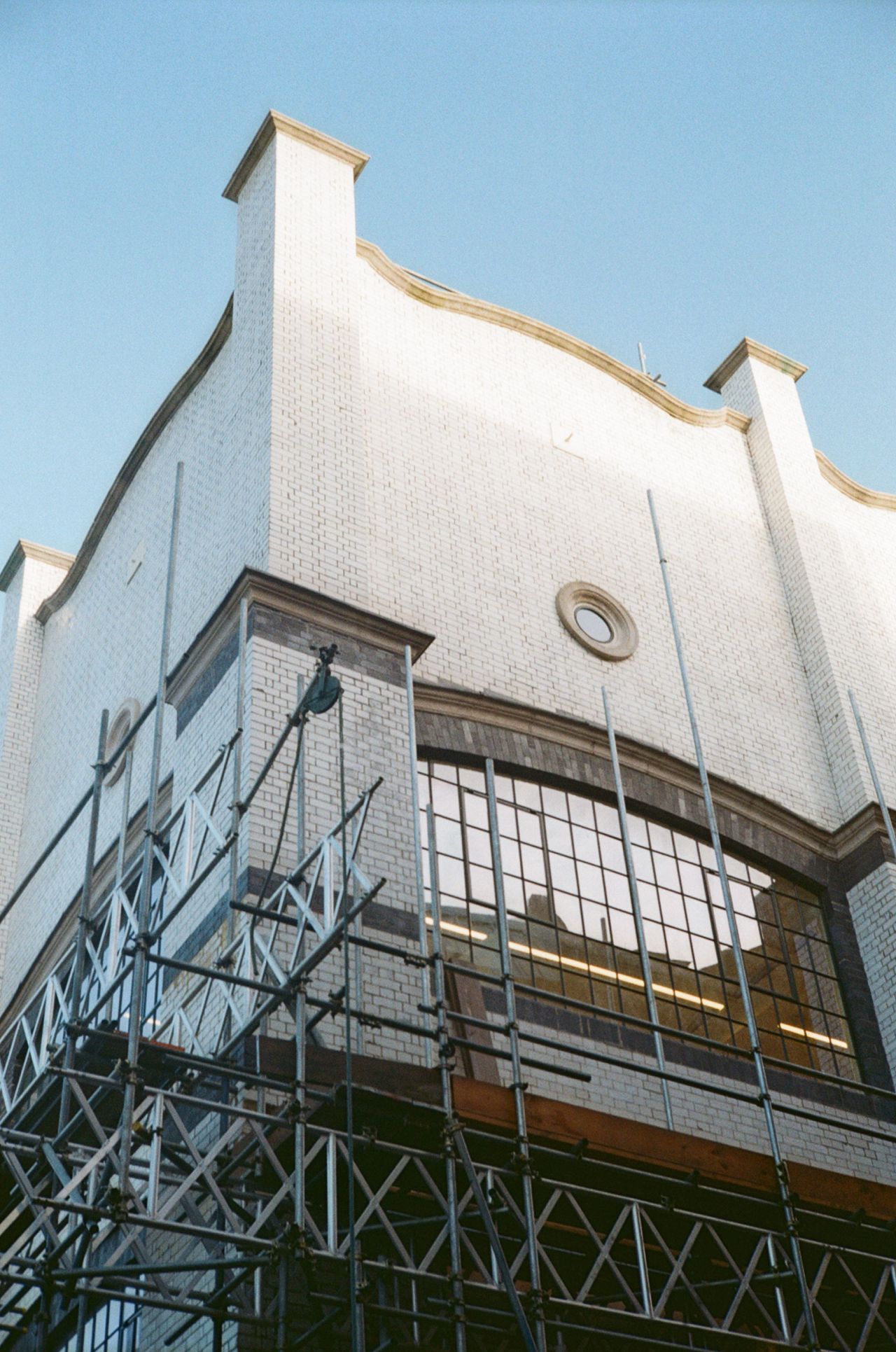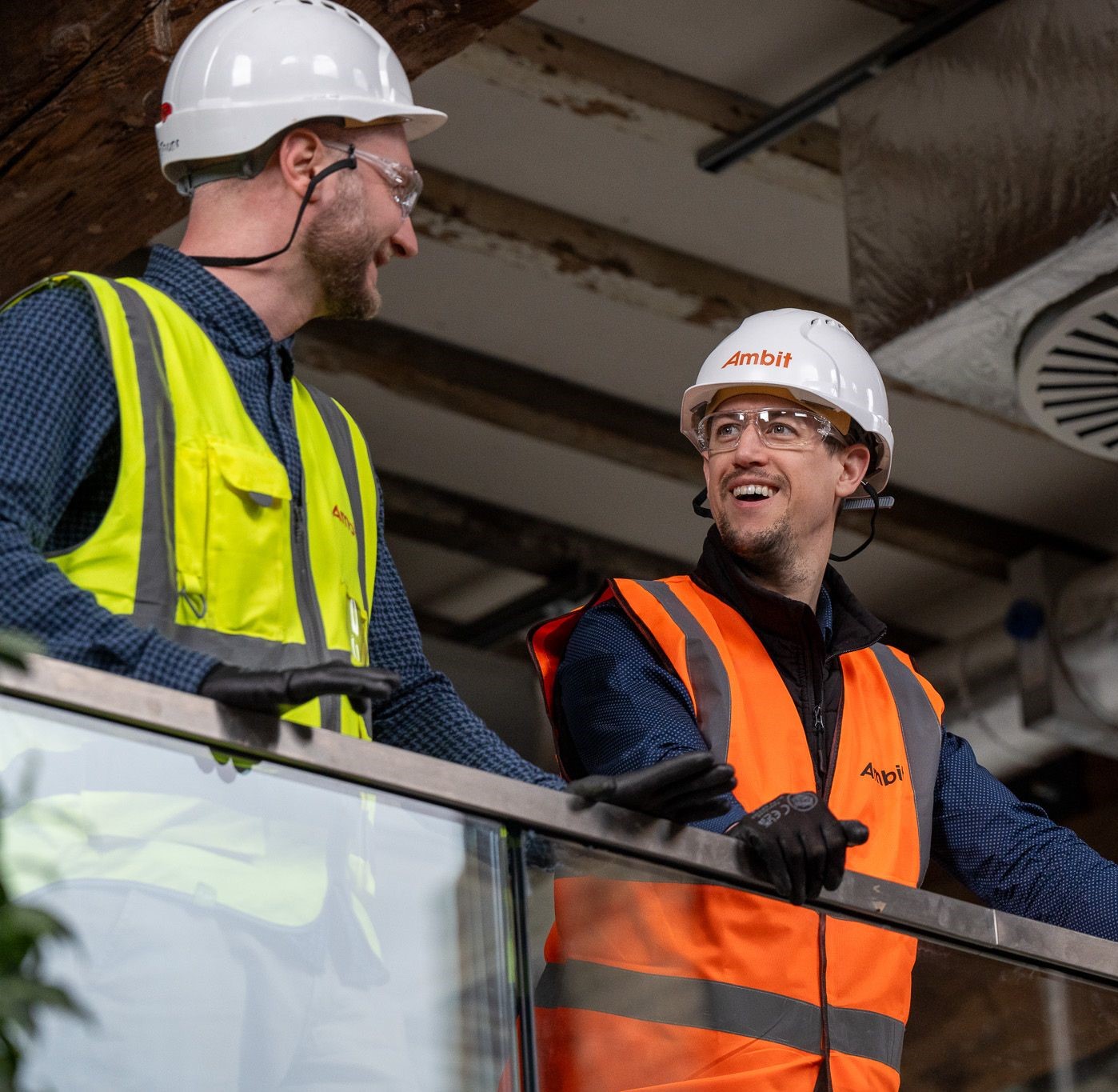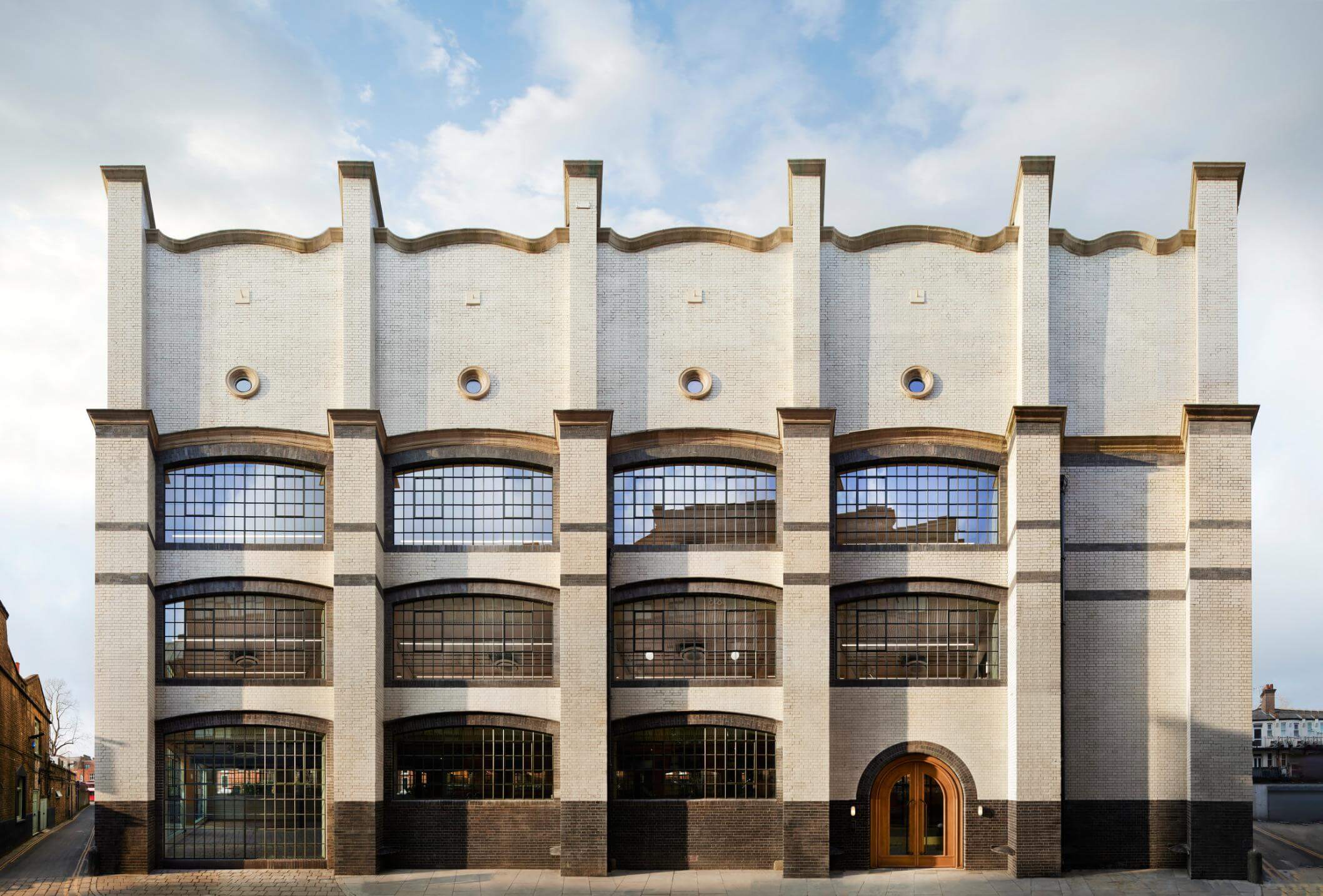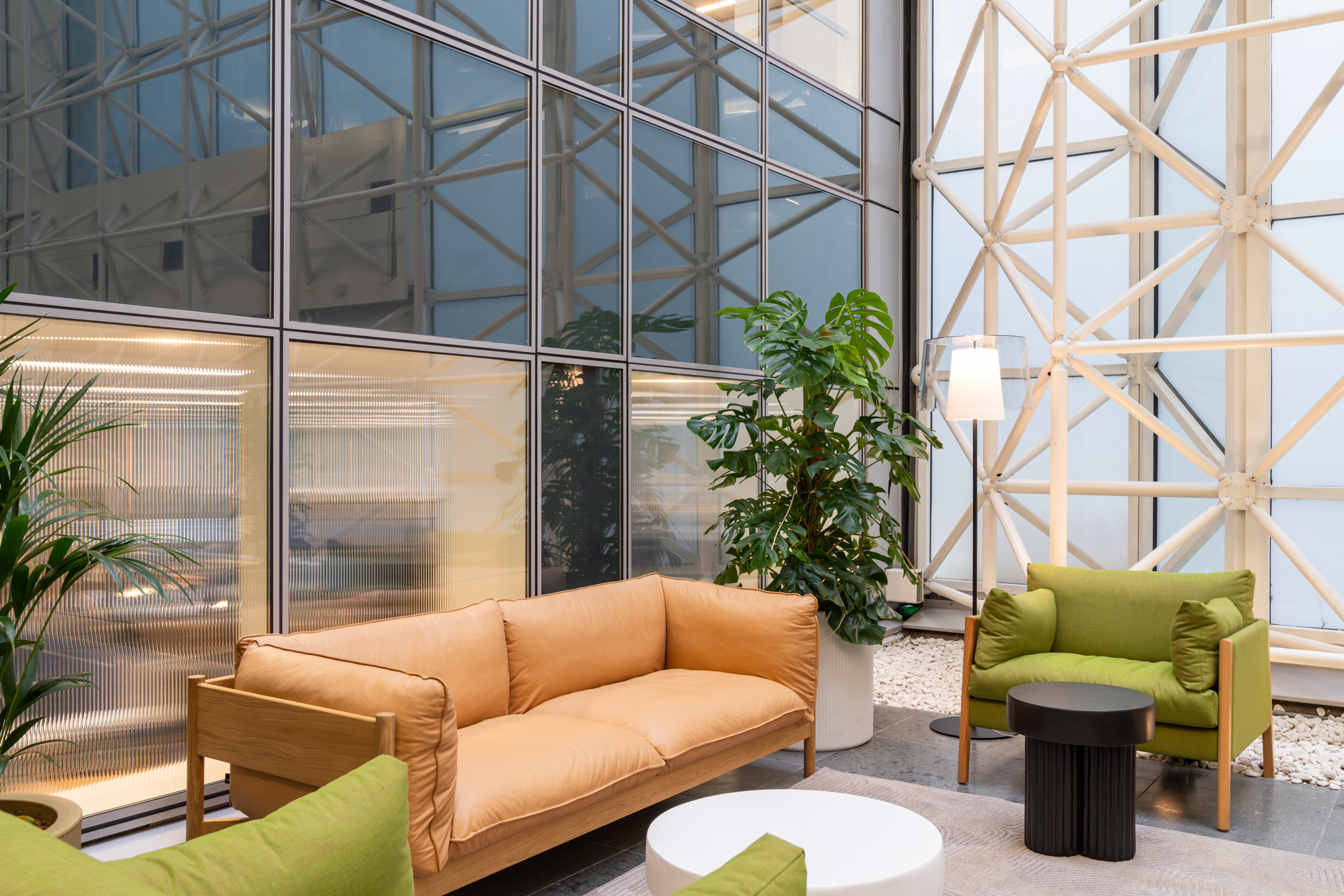Sustainable Spaces – March 2025
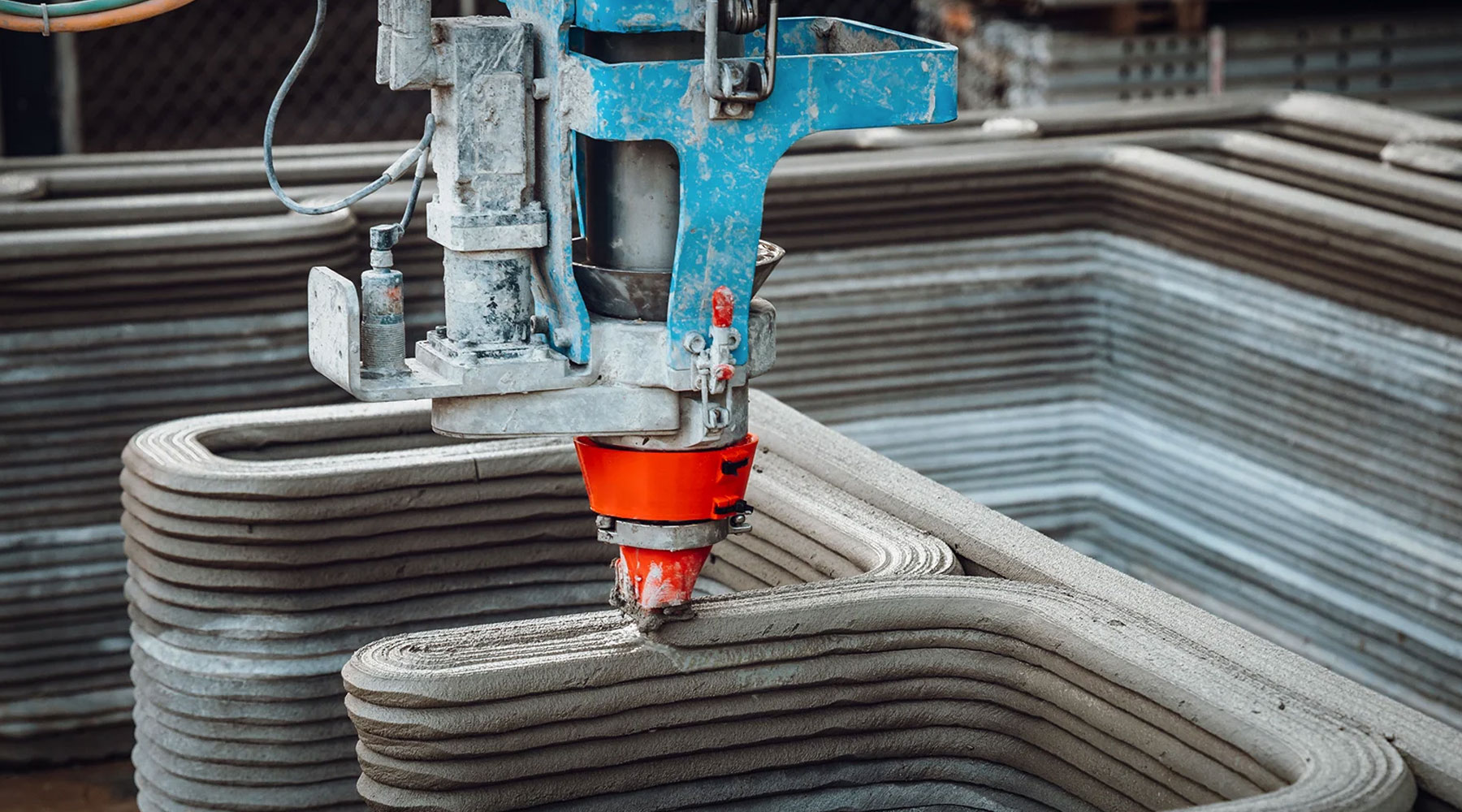
Sustainability in construction is about more than reducing impact, it’s about discovering innovative ways to build efficiently without compromising on performance.
In this edition of Sustainable Spaces, we explore three standout materials driving change in the industry, each selected by our team for their sustainable impact and innovative design. Sophie Fowler highlights Sappa Panels, crafted from 100% natural hemp; Ian Martin shares insights on 3D concrete printing, reshaping the future of construction; and Cormac Garvey introduces a plant-based polyurethane foam adhesive, offering a low-carbon alternative to traditional mortar. Each product reduces environmental impact in its own way, whether that’s through carbon-negative materials, reduced construction waste, or quicker build times.
Hemp Acoustic Panels by Sappa Panels
While many acoustic panels rely on recycled PET felt, Sappa takes a different approach, crafting theirs from 100% natural hemp and a mineral-based binder. It’s a simple idea with a big impact. Hemp is one of the fastest-growing renewable materials, capturing atmospheric carbon twice as efficiently as forests. The panels are carbon-negative, regulating air quality and humidity, while their organic texture brings natural warmth to any space.
Beyond sustainability, they deliver on performance. With sound absorption values of up to 0.60 (aw) and natural fire safety (Bs1-D0 rating) without added chemicals, Sappa Panels prove that good design doesn’t need to compromise. It’s about making smarter choices that feel as good as they look.
Key Attributes:
-
100% natural materials – hemp and a natural mineral-based binder
-
C02 negative
-
Indoor air and humidity regulator
“Many acoustic panels on the market are made from recycled PET felt, so it’s refreshing to see companies exploring alternative natural materials. Sappa Panels offer a sustainable and innovative approach to acoustic design, utilising fast-growing, renewable resources. Their panels provide both functional sound absorption and a warm, organic aesthetic, making them an excellent choice for interior fit outs that prioritise sustainability without compromising on performance.”
Sophie Fowler, Designer
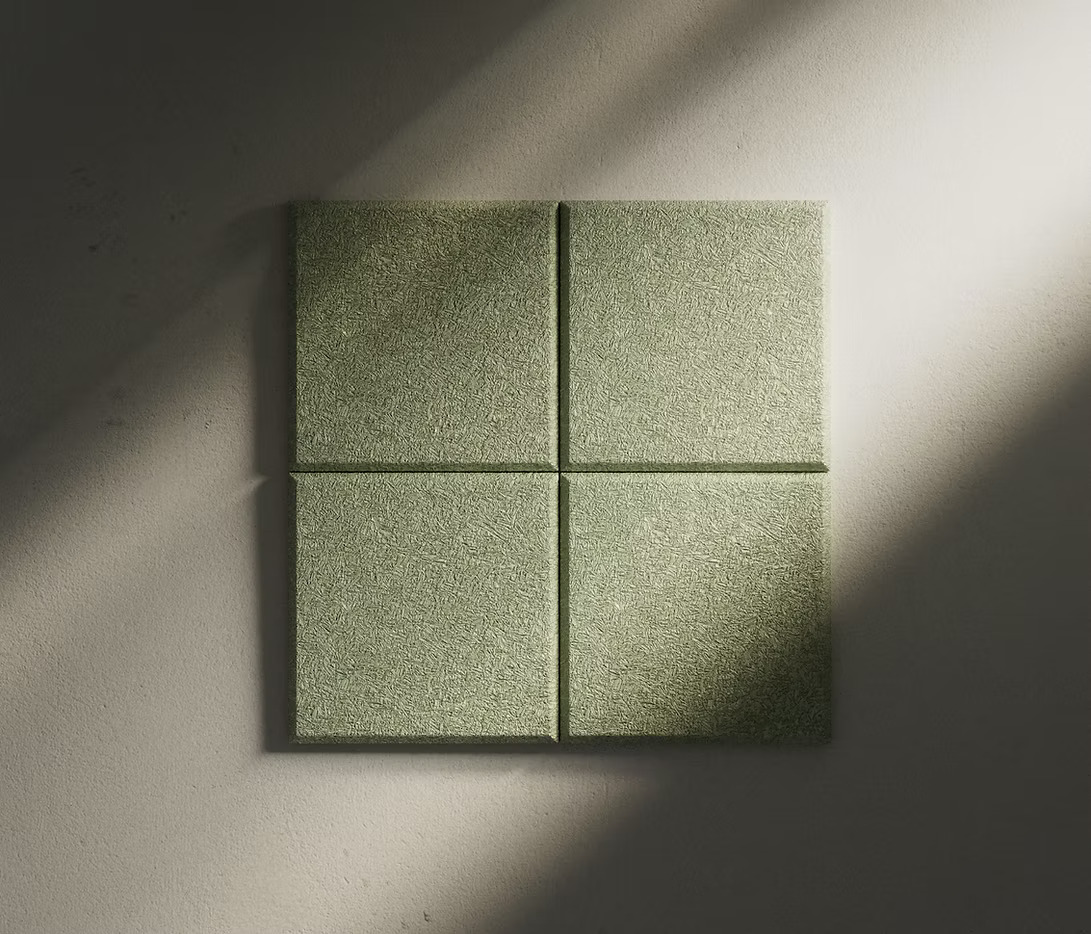
3D Printed Concrete
Concrete is one of the most used materials in construction and one of the most carbon-intensive. As the construction industry looks for ways to reduce its environmental impact, 3D concrete printing is emerging as a smarter, more efficient solution. By precisely layering concrete, this approach significantly reduces waste and speeds up build times, while reusable formwork helps cut down on material use.
Beyond efficiency, it’s a step towards a greener future. Modern additives and binders enhance durability and energy performance, helping to reduce the overall carbon footprint of structures. It’s an innovative way to rethink how we build, shaping spaces with less waste and more consideration for the planet.
Key Attributes:
-
Design & Build times are reduced
-
Formwork is reusable, so leaves less waste
-
Currently being used to construct a new bridge in Nijmegen in Holland, the first of its kind!
“The release of glasshouse gases during the traditional concrete production process significantly increases carbon emissions. Traditional concrete production process is responsible for approximately 8% of global carbon dioxide (CO2) emissions. Construction also creates an estimated third of the world’s overall waste, at least 40% of the world’s CO2 emissions. However, a greener option is available with 3D concrete printing. This technology helps cut down on waste and energy consumption up to 50% compared to conventional building practices by precisely layering concrete in a controlled manner. The carbon footprint of 3D printed structures can be reduced over their lifetimes with the help of modern additives and binders that increase their durability and energy efficiency. As a result, 3D concrete printing is crucial to fighting climate change because it drastically cuts down on CO2 emissions from the building sector.”
Ian Martin, Senior Technical Services Manager

High Performance Polyurethane Foam Adhesive for Bricklaying
Sustainable construction is all about finding smarter, lower-impact alternatives, and this high-performance polyurethane foam adhesive is leading the way. Plant-based and designed to outperform conventional mortar, it significantly reduces CO₂ emissions while offering strong adhesion and quick curing times.
One 750ml can of the adhesive results in 90% fewer CO₂ emissions compared to using one and a half 25kg bags of traditional cement mortar. It’s a more sustainable, cost-effective, and readily available solution, proving that better building doesn’t have to come with compromises.
Key Attributes:
- Lower environmental impact, significantly reduce over conventional mortar CO2 emissions.
- High Adhesion.
- Quick curing times.
“I chose this because it is plant-based, which is an interesting basis for a sustainable construction product and its ability to outperform conventional building methods. Another impressive feature of this product is that a single 750 ml can of the adhesive of bricklaying foam causes 90% less CO2 emissions than one and a half 25 kg bags of conventional cement mortar. This is definitely something that Ambit could use in future products, as it is cheap and accessibly available on the market.”
Cormac Garvey, Assistant Technical Services Manager


